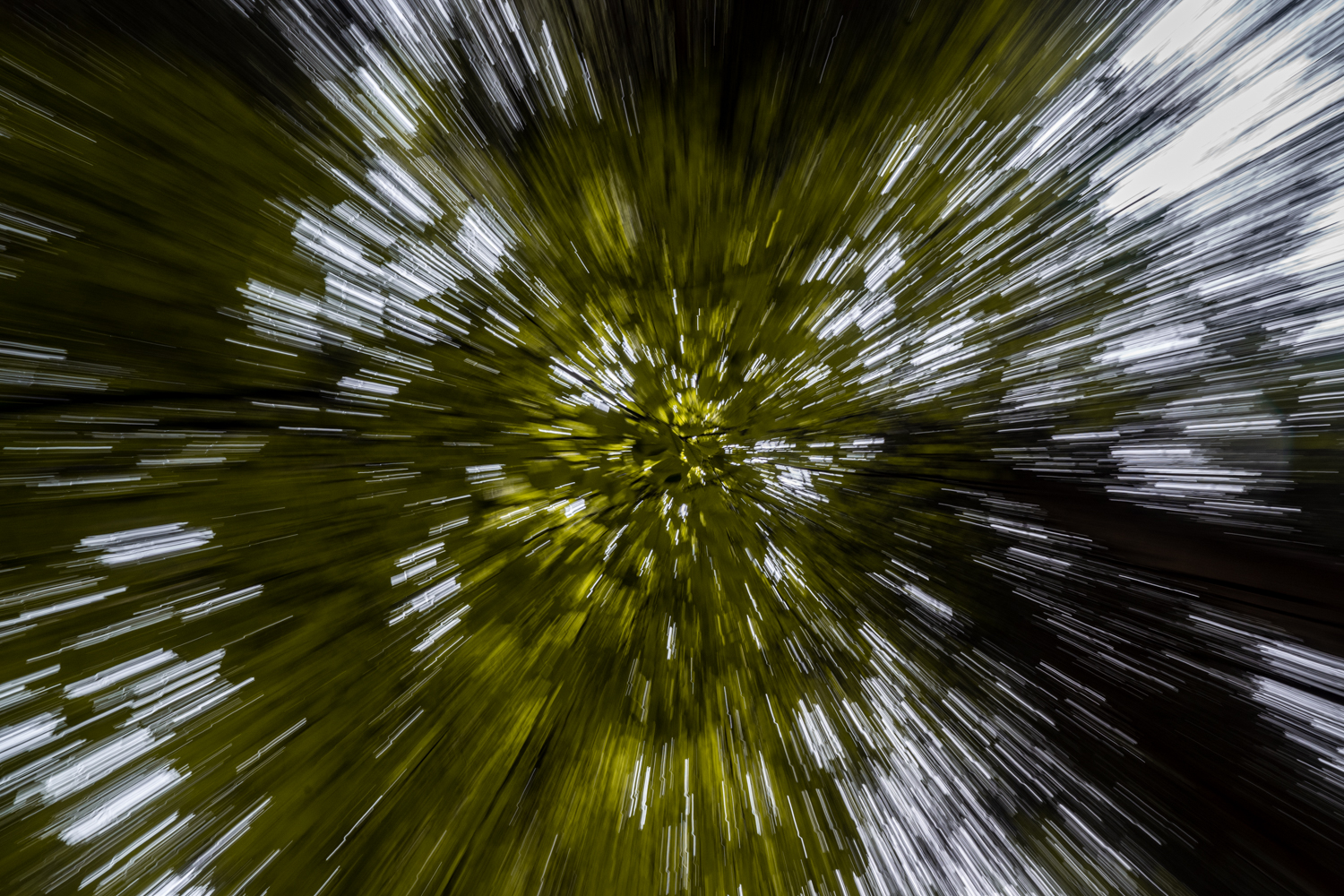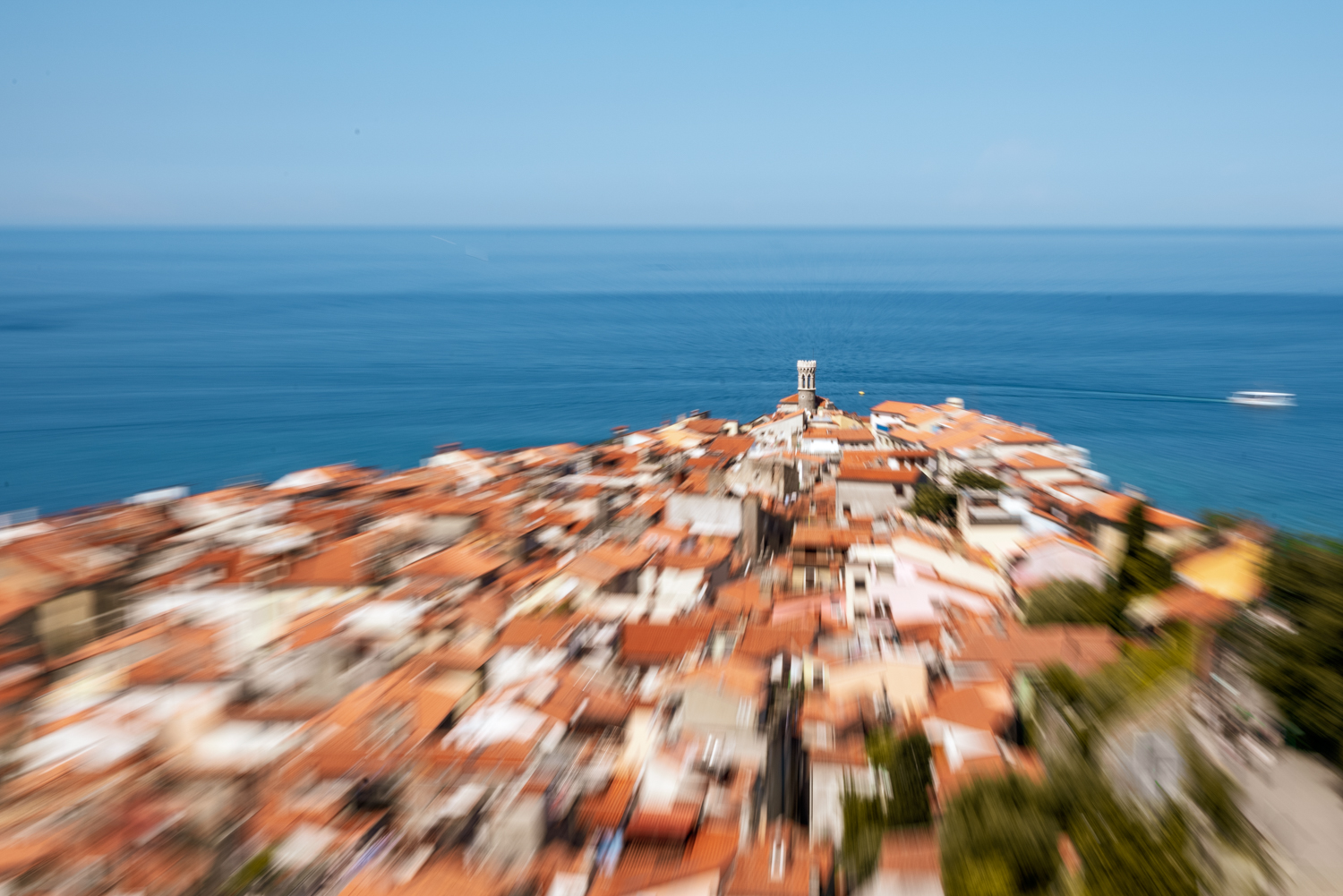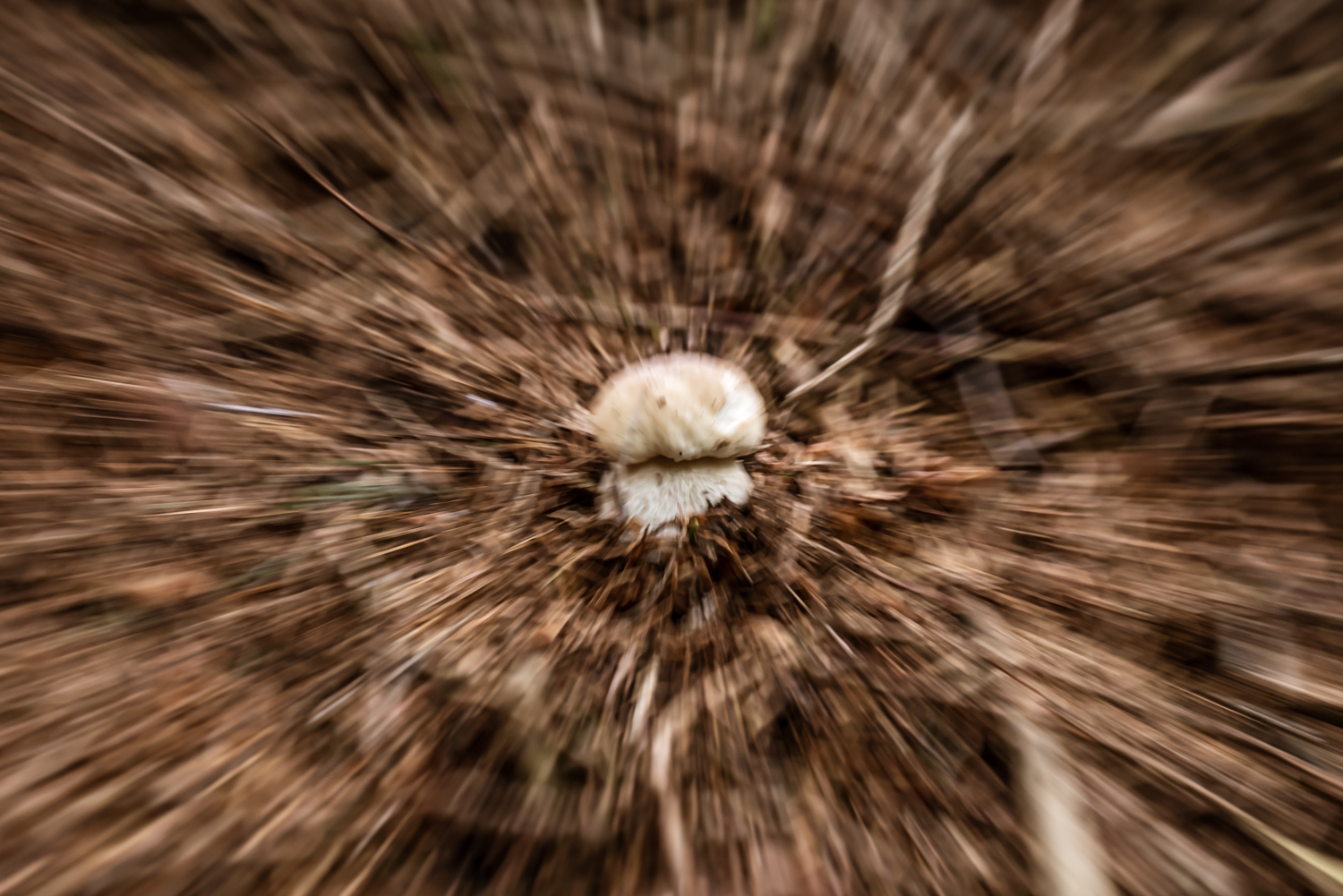Ever felt the world whizz by in a blur 🤪?
Well, dive into the captivating realm of zoom blur photography with us… Discover how to turn everyday moments into dynamic masterpieces 😀. Ready? Let’s get started…
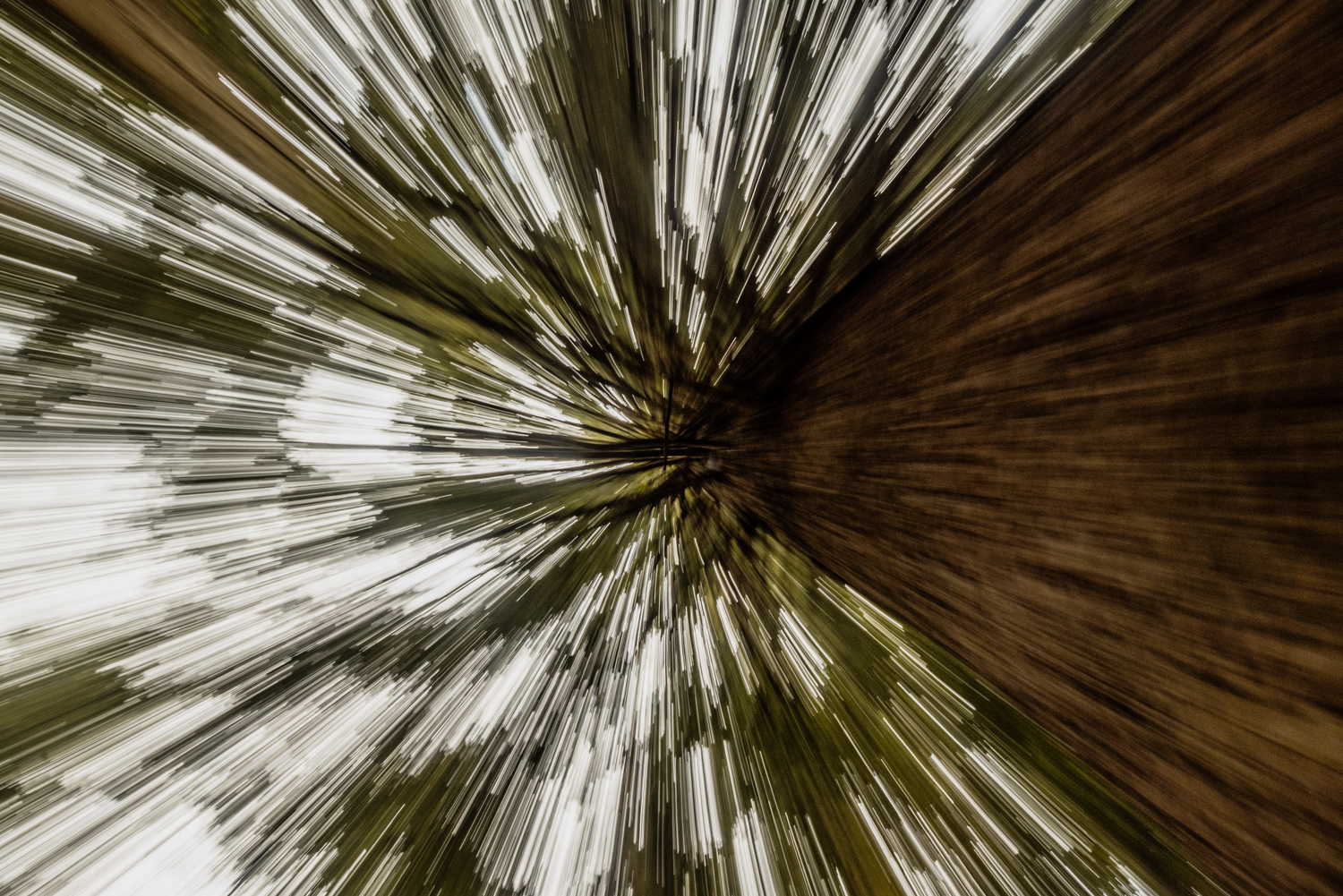
Zoom Blur
Zoom blur photography, also known as zoom burst, might, at first glance, seem like something out of science fiction 👽. However, with the right advice from sources like photography tips and techniques, it’s truly accessible to anyone with a passion for photography. It stands as a way to infuse your photos with dynamism, vibrancy, and a unique signature. With a DSLR or mirrorless camera, a zoom lens, and a tripod, you can craft a visual effect that feels like time travel or lightning-fast movement.
The first time a friend introduced me to this technique, I was immediately captivated 🔥. It was something entirely fresh and novel, something I was eager to explore and master. Every time I press the shutter now, I find myself searching for opportunities to apply blur. This technique has sharpened my critical eye for quality photography and pushed me to learn and, above all, to practice. It’s not just about the method; it’s about how I view the world through my lens, continually learning, probing, and refining my craft 📸.
Zoom blur photography is not merely an artistic expression; it’s a genuine science in the realm of photography. It’s a method that injects movement and dynamism into a photograph by altering the focal length of the lens during a prolonged exposure. The result? A stunning effect that gives viewers the sensation of speed or even time travel.
If you’ve ever admired photos that convey a sense of motion or even light speed, then this technique will enthrall you. In this article, we’ll delve into how you can implement it in your photography, whether you’re a novice or seasoned photographer. Join me on this journey of discovery, and perhaps you, too, will uncover new possibilities for zoom blur photography with every click.
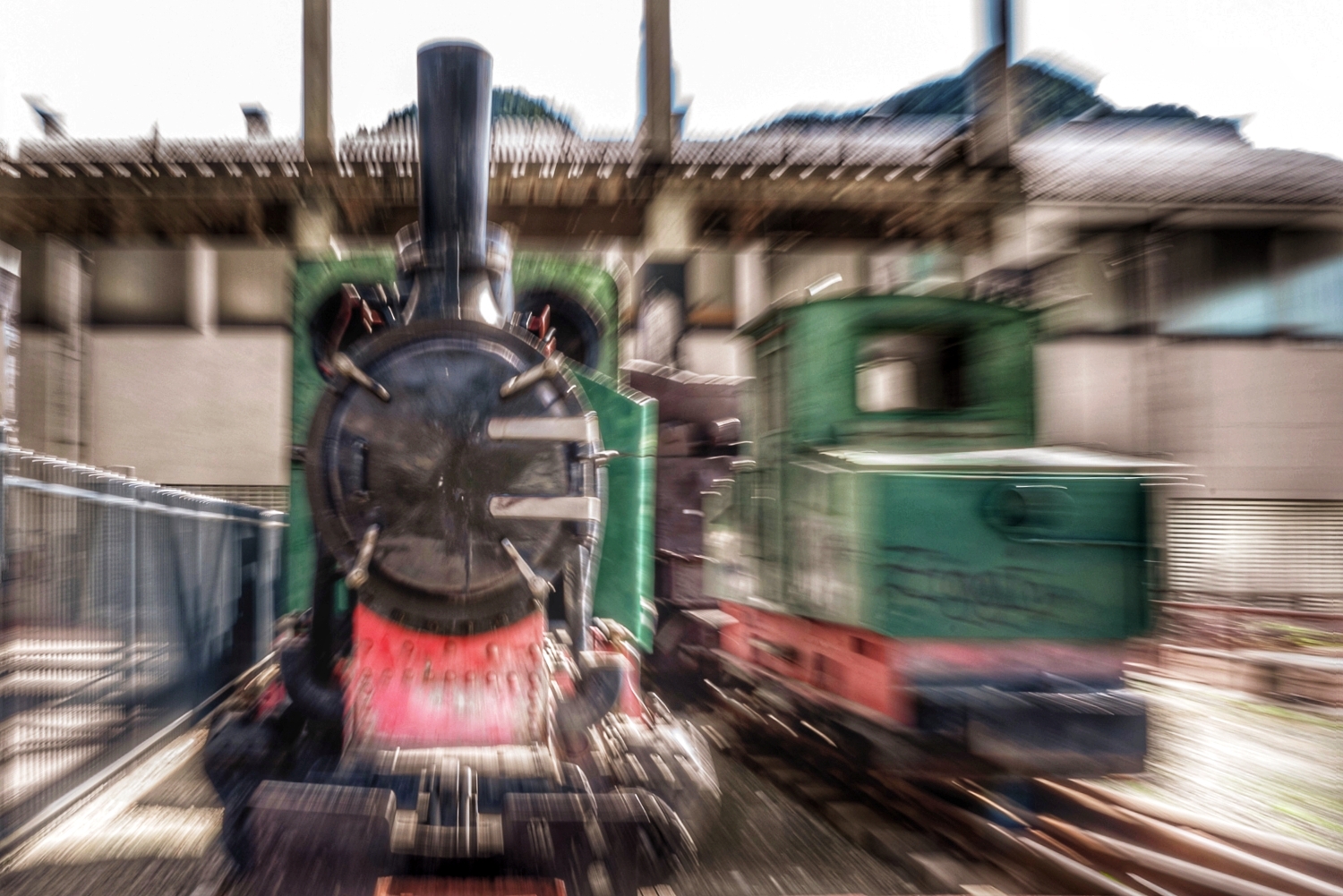
Zoom Blur Photography: Turning the Ordinary into Art
In the world of photography, there’s a special allure in unveiling techniques that morph an ordinary shot into something extraordinary. One such magic trick? The Zoom Blur technique
How many times have we stood before breathtaking landscapes that we’ve seen replicated in countless photographs? Capturing these iconic scenes in a way that stands out from the crowd can be challenging. But enter this awesome technique. With it, even the most recognizable scenery can be turned into something distinct, fresh, and visually compelling.
When we apply the Zoom Blur technique, these familiar images take on a whole new dimension. Colors and shapes meld into dynamic patterns, drawing the viewer right into the heart of the image. Places we’ve seen over and over again suddenly take on new meaning, becoming a part of our own personal interpretation of reality.
In the truest sense, this technique reshapes a typical photo into a genuine masterpiece. It allows us to breathe new life into any locale, even the most well-known ones, showcasing them in a novel light. This is the power and enchantment of photography when technical expertise meets artistic vision.
The dynamism that a zoom burst introduces to a photograph is unparalleled. It can transform an otherwise static scene into something vivid and dynamic. Vibrant lines guide the viewer’s eye towards the image’s core, making it seem as if light and shape are moving towards the observer. It’s not just a visual treat; it’s about how we feel and experience the photograph.
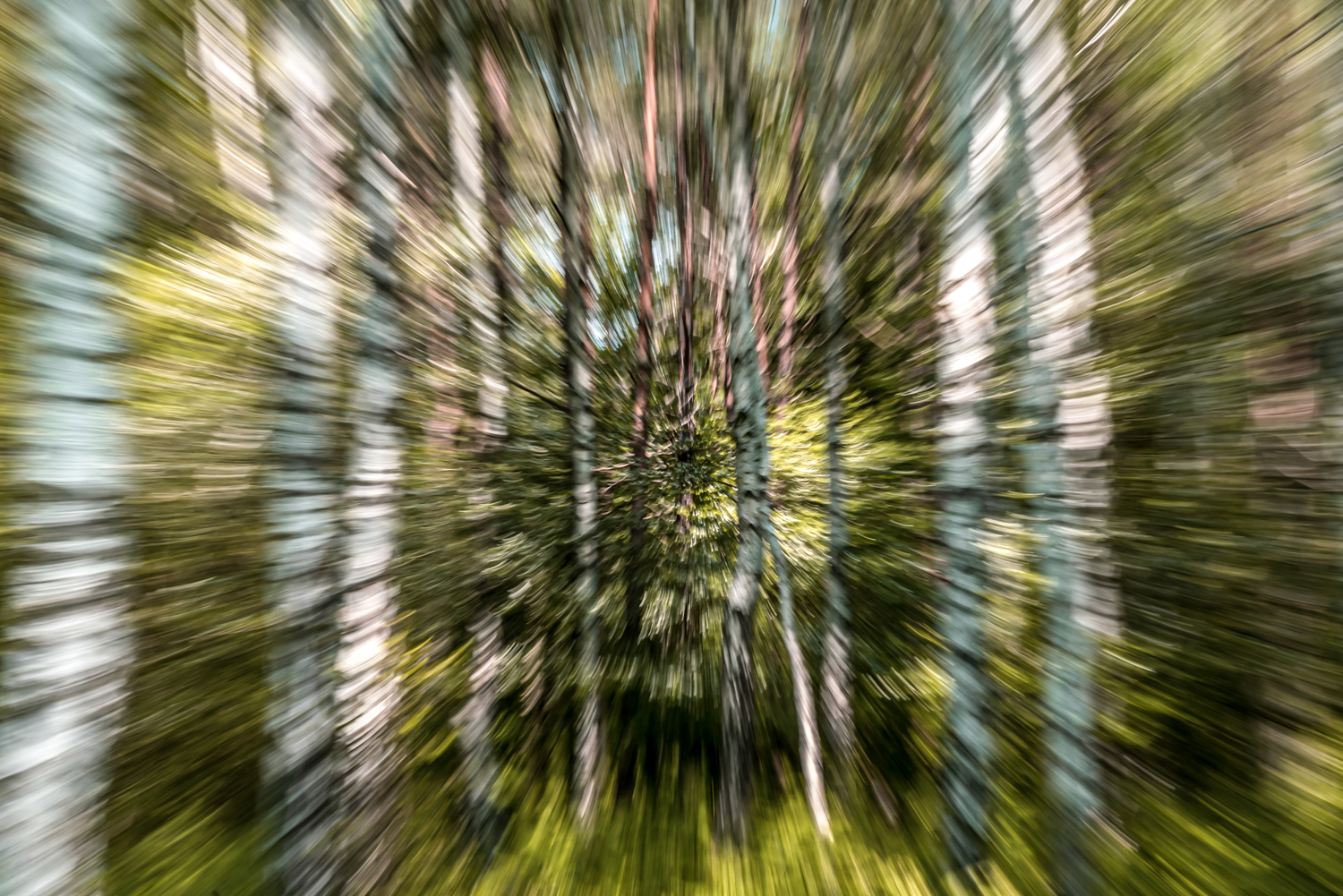
Essential Tools for Zoom-Blur Photography
To execute this technique, you’ll need the following tools:
DSLR or Mirrorless Camera:
Both types of cameras offer precise control over exposure and focus, which are crucial for successfully employing this technique. Mirrorless cameras are especially popular due to their compactness and lightweight features, which can be advantageous for this method.
Zoom Lens:
You’ll need a lens that allows for adjusting the focal length. Changing this focal length during a long exposure creates the hallmark zoom burst effect.
Tripod
For optimum stability and clarity, a tripod is almost a must. It prevents camera shake during exposure, ensuring a smoother and neater transition while zooming.
Zoom blur transcends conventional photography boundaries.
It offers novel avenues for exploration and expression, allowing you to breathe life into your pieces. With a little practice and the right equipment, you can craft something truly unique and magical, elevating your photographs to an entirely new level.
What is Zoom Burst, and Why Use It?
Definition of Zoom Blur Photography
“It is a photography technique where the photographer rapidly zooms in or out during a long exposure. This creates an effect where the central part of the image is sharp while the edges are blurred, giving a sensation of rapid movement or an ‘explosion.'”
Imagine that your photograph isn’t merely a visual narrative but a narrative with added velocity. Zoom burst is a technical marvel that lets you infuse a sense of speed and motion into a static scene. It’s like a time capsule in photography, halting time while simultaneously conveying a sensation of swiftly moving through that same time.
So, why employ this technique? Because it endows your photos with a unique flair. Because it transforms them from the ordinary into the extraordinary. And because it enables your images to shine in a new light, both literally and metaphorically.
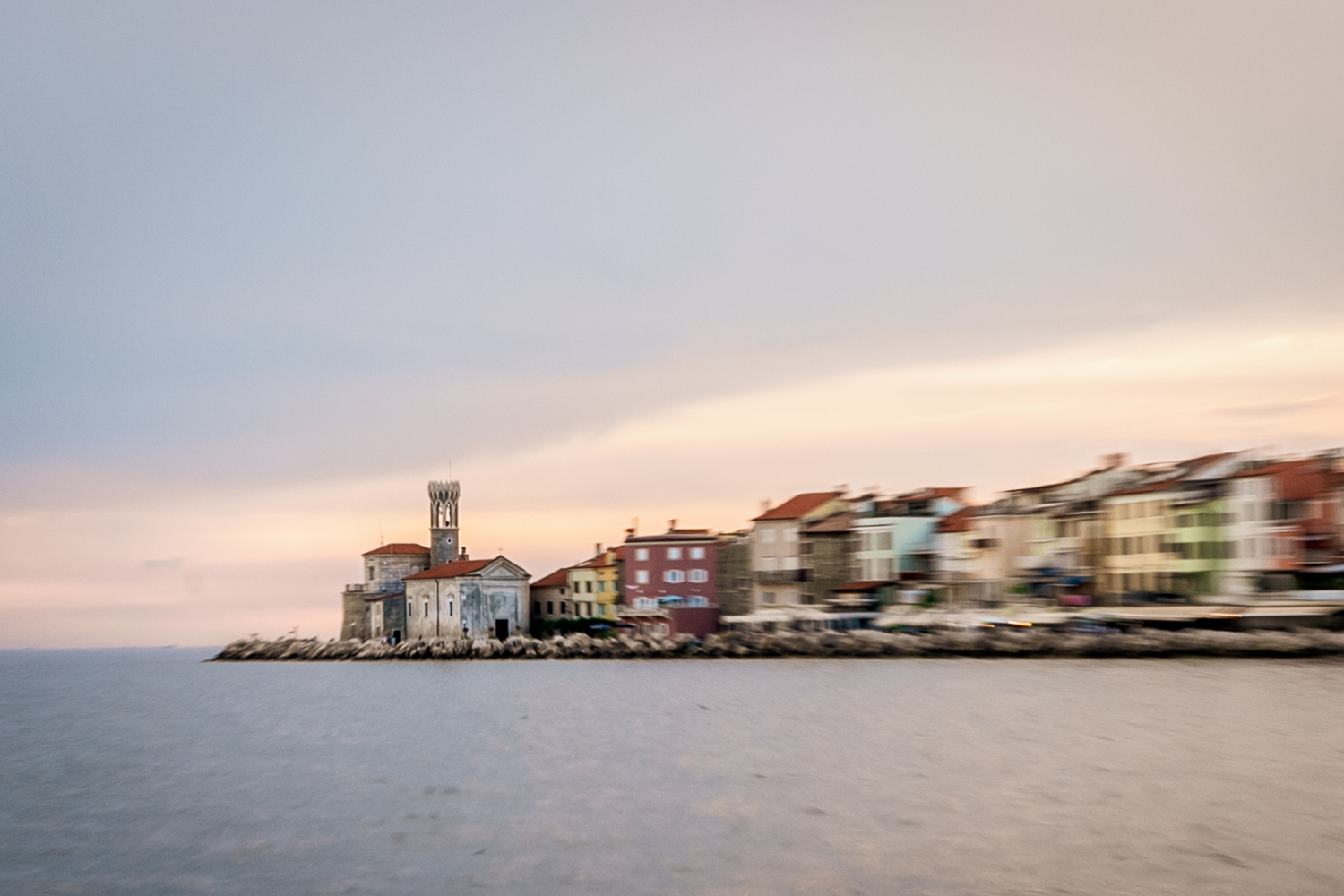
Applications in Various Contexts
Forest Trees
Use zoom burst to create a mysterious and dynamic ambiance in forest scenes. Focus on a particular tree or cluster of trees to accentuate their natural beauty and texture.
Mushrooms
This technique can also spotlight minute details, such as mushrooms on the forest floor. A blur can emphasize a mushroom’s shape and color while adding an artistic dimension to the scene.
Trains
In train photographs, zoom burst captures a sense of speed and power. Try focusing on part of the train, like the locomotive, and employing zoom bursts to highlight the train’s movement across the landscape.
Architecture and Urban Settings
Applying it to architectural photos and urban environments underscores the pace and energy of city life or the aesthetics of buildings.
Reminder on Overcrowded Scenes
When selecting subjects and locations for Zoom Burst, it’s essential to be mindful of overly complex or crowded scenes. A cluttered backdrop can confuse the viewer and divert attention from the primary subject. While experimentation is good, always remember that simplicity is often the key to success.
The Zoom Burst technique offers a plethora of opportunities for creativity and innovation. Whether you’re working with static geometric subjects or lively and dynamic scenes, this technique can imbue your photos with a unique and appealing visual effect. Be brave, experiment, and discover how these and other elements can breathe fresh, innovative life into your photography.
Zoom burst is a versatile and potent tool capable of revitalizing various scenes—from forests and mushrooms to city streets and swiftly moving trains. By utilizing it, you can metamorphose your photographs from the ordinary into something special and distinctive, reflecting the dynamism and beauty of everyday scenes.
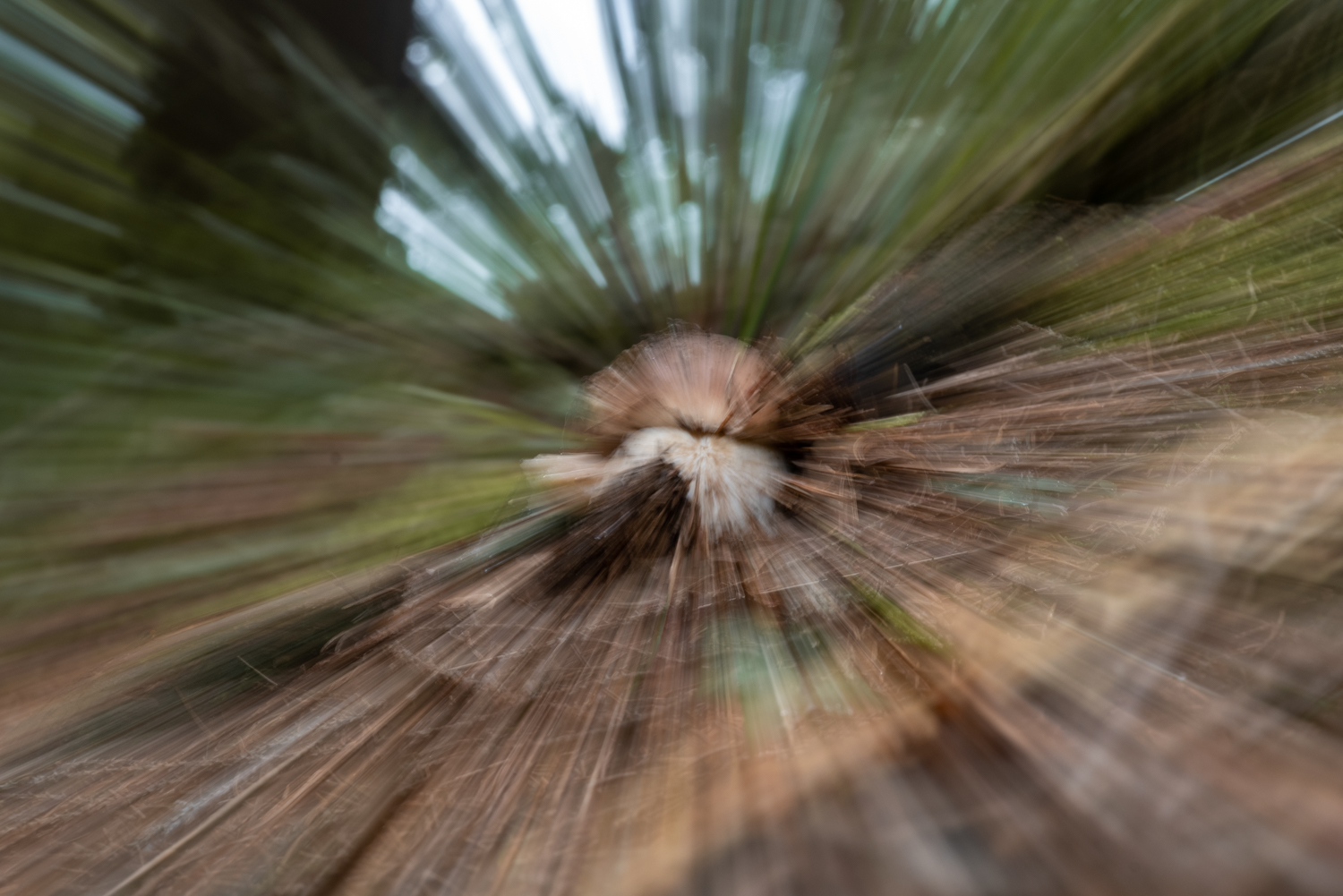
How to Create a Zoom Blur Photograph: Basic Steps
Creating that kind of photograph is both an art and a science. But don’t worry; I have simple steps prepared for you to venture into the world of this magical technique.
I possess a 24-70 Zoom lens, which has become an invaluable partner in my photography journey. This lens provides me with versatility and flexibility, especially when I’m experimenting with this technique. Here are some of my observations and experiences:
Exposure Time Setting
We don’t need a long exposure here. Setting the exposure between half a second and 2 seconds is perfect for achieving this effect.
Tripod or handheld: While you can shoot zoom burst handheld, using a tripod is recommended for better stability and sharper images. If you don’t have a remote shutter, using your camera’s timer can prevent any camera shake from pressing the shutter button.
Scene Selection
Start by selecting a scene that visually attracts you. Look for places with varied light sources. Light contrasts add that magical effect we’re aiming for. Here are some great options:
Static and Geometric Subjects
Intriguing architecture can emphasize geometric shapes and lines, giving photos structure and depth. Standalone items like cars or trains can create a strong contrast between the subject and the blurred background. Natural elements such as forests, trees, or mushrooms can serve as wonderful subjects to create a mystical and magical effect.
Dynamic and Lively Scenes:
This technique can also be employed to craft dynamic and cosmic scenes like a starry night sky. Urban hustle, crowded streets, people in motion, or moving objects like bicycles can add vitality and dynamism to your photos. From starry skies to urban hustle, the options are diverse and thrilling.
Changing Focal Length: This is the most crucial step. While your camera is exposed to light, gently rotate the zoom ring on your lens. You can zoom in or out; both create a unique effect. Ensure you do this smoothly without jerking for optimal results.
Different Zoom Speeds
Slow Zooming
Slow zooming creates a subtle and soft effect, ideal for dreamy or ethereal compositions.
Fast Zooming:
Quick zooming can produce a more dynamic and bold effect, suitable for sports or action shots.
Aperture Settings
By closing the aperture (higher f-number), I can increase the depth of field, making the central element sharper. Opening the aperture (lower f-number) can create a softer transition and let in more light, which is especially useful under low-light conditions.
Experimenting with zoom speed, aperture settings, and focusing using my 24-70 Zoom lens has been a profoundly enlightening experience. Each new attempt is a chance to learn and discover how to blend these settings to create captivating and beautiful images. This lens and technique equip me with tools to explore my creativity in new and exciting ways.
Advanced and abstract zoom blur techniques unlock doors to new and unique visual possibilities. This approach allows artists to go beyond traditional methods and delve deeper into expressing their creativity. The most crucial advice is to be bold and experiment, as this creates the most distinctive and enchanting photographs.
And there you have it! With these straightforward steps, you’re all set to craft stunning zoom burst photos. Practice makes perfect, so don’t fret if your initial attempts aren’t flawless. With each shot, you’ll get better.
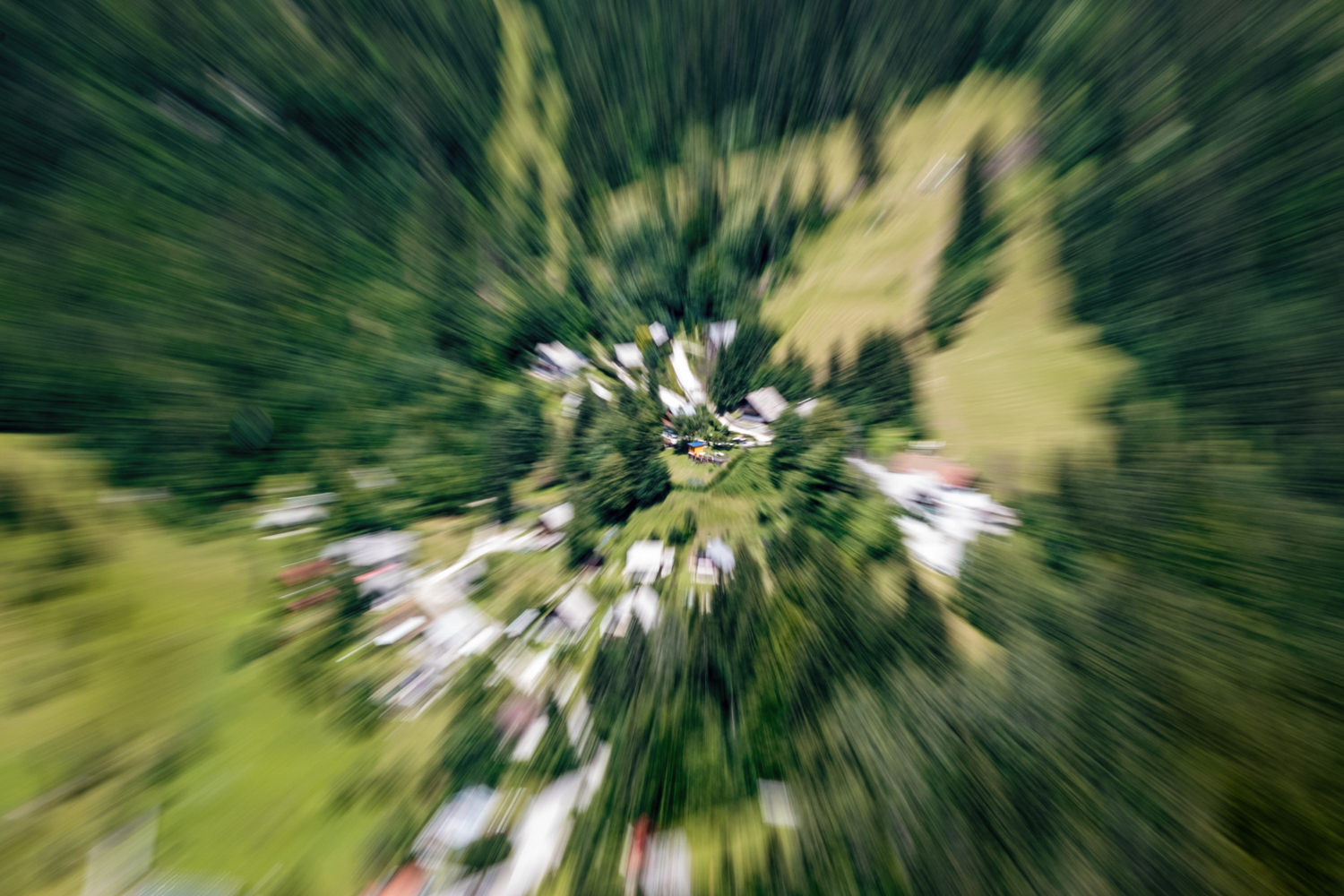
Advanced and Abstract Zoom Blur Techniques
Zoom blur isn’t just confined to classic techniques and methods. For those looking to delve deeper and create unique, abstract effects, there are advanced techniques to refine through ample practice and experimentation.
It truly is fun, but as you dive deeper, you’ll find you can craft even more intricate and visually appealing images. Here are some advanced techniques to help articulate structures in your shots:
Using Handheld Techniques
Without a Tripod: Instead of using a tripod, try shooting handheld. This can create more organic and unpredictable effects.
Moving the Camera
Experiment with different kinds of movements, such as rotating, tilting, or horizontal shifting, while zooming.
Combining Techniques
Merge with Other Effects: You can combine zoom blur with other techniques like long exposures or light trails to produce complex, layered images.
Digital Post-Processing: In post-production, you can further enhance or modify zoom blur effects using image processing software like Adobe Photoshop or Lightroom.
Zoom Blur Photography During the Day
Zoom Blur photography during daylight presents unique challenges and opportunities. While sunlight can be beautiful for many types of shots, it can cause overly bright images with lost details in zoom bursts. Here are some tips and techniques to make the most of daylight:
Using an ND Filter and Extended Exposures: An ND filter is vital for daylight in this kind of photography. It allows for extended exposure times without overexposure. This means you can have a longer zoom duration, creating a more dramatic effect. Emphasizing extended zoom times can also allow for controlled and subtle movement, adding depth to your daytime shots.
Experiment and adapt. Don’t hesitate to play around with different exposure times, filters, and zoom settings. Each scene is unique, and you might need to tweak settings to achieve the perfect effect. This approach allows flexibility and can help uncover new and exciting ways of leveraging this technique.
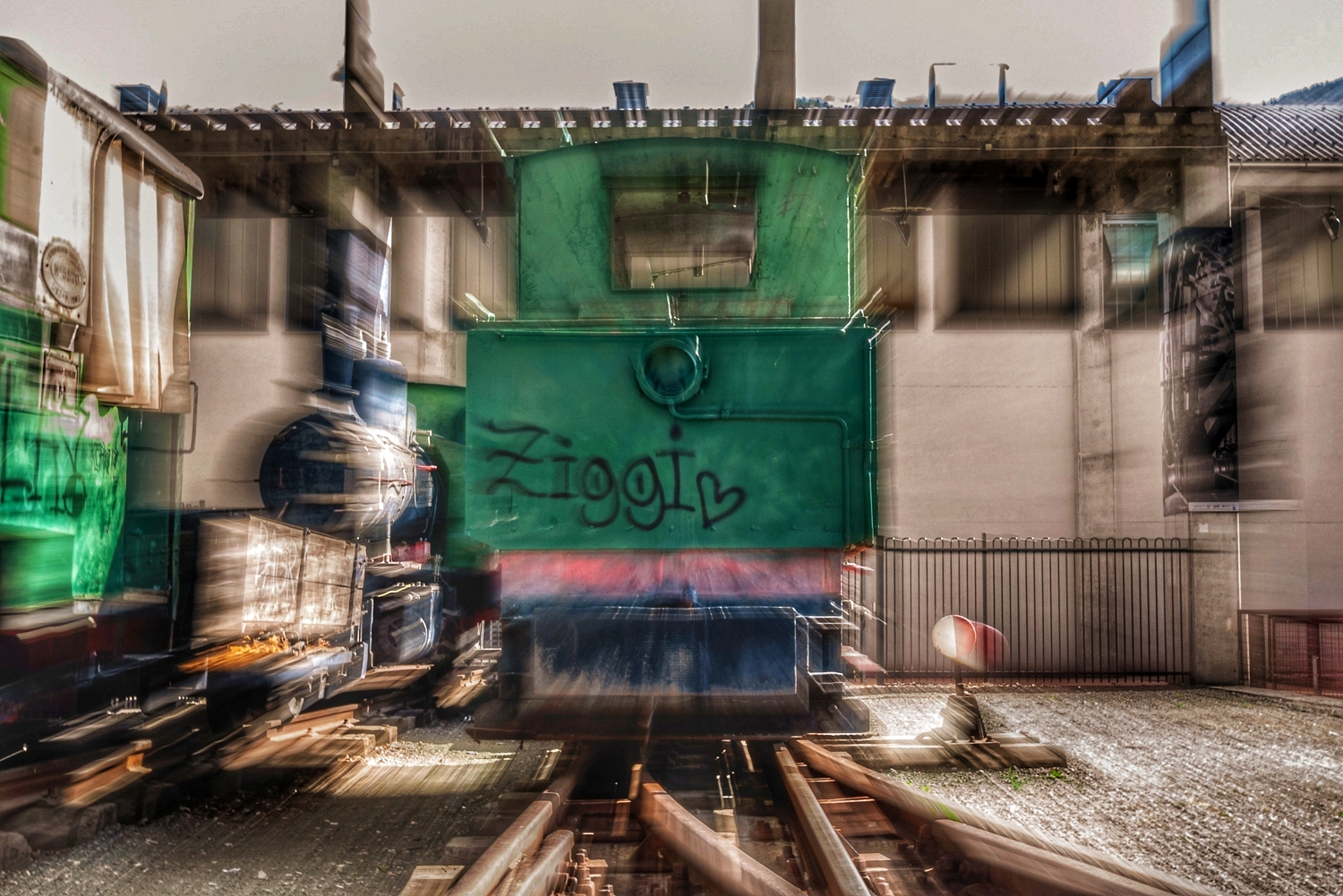
Conclusion
Throughout my journey exploring the beautiful world of zoom blur photography, I’ve learned so much. I’ve examined its usage, tackled potential pitfalls, and discovered the most suitable subjects for optimal outcomes. Despite the challenges I’ve encountered, I’ve realized that the essence of this technique lies in experimentation and unveiling new visual perspectives.
If you’re intrigued by this technique, I urge you not just to stick to the theory. Dive into yourself. Experiment with different subjects, lighting, and settings until you find that unique effect that captivates you.
And once you achieve that, I look forward to you sharing your experiences with me! I want to hear your stories, experiences, and, of course, see your photos! Below, there’s a comment section where you can ask questions, share your journey, or even showcase your artistic achievements using the Zoom Blur technique. Every shared photo can inspire others and me, so don’t hesitate. Together, we can grow and learn in the world of photography. Happy shooting!
